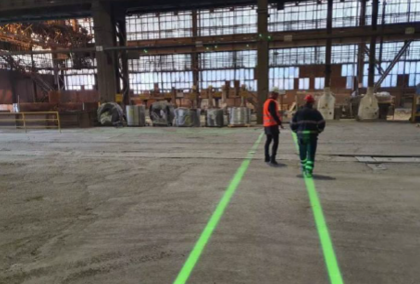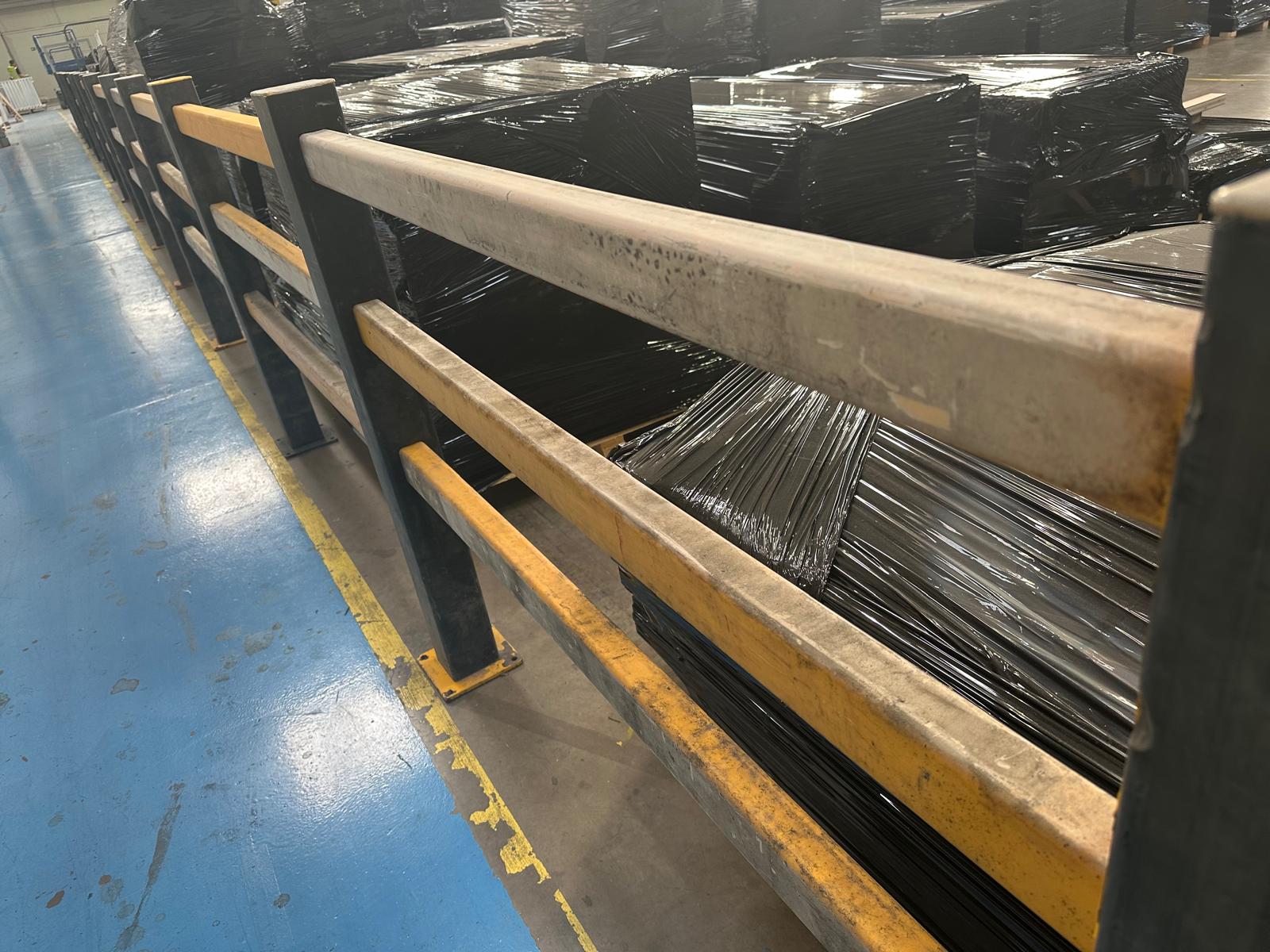What Does a "World-Class" Factory Actually Look Like?
 By
Caleb Shaw
·
3 minute read
By
Caleb Shaw
·
3 minute read
In today’s manufacturing landscape, clients, suppliers, and prospective employees aren’t just looking at your output, they’re looking at your standards.
At Clarity, we’ve worked with hundreds of factories and facilities across the UK. And one recurring theme we hear from plant managers, site directors, and HSE leads is this:
“We want our site to feel world-class. We want that ‘wow’ factor.”
Whether you’re preparing for a high-profile audit or trying to boost retention, safety, and culture, this article walks through the eight elements that separate good factories from truly great ones.
Want your site to impress visitors, protect people, and inspire your workforce? Let’s dive in.
Content:
- 1. Rethink Employee Retention
- 2. Prioritise Safety Visibility
- 3. Show Don’t Tell With Modern Barrier Systems
- 4. Paint Is Not Permanent, Especially Under Forklifts
- 5. Use Technology to Make Hazards Visible
- 6. Create a Lighthouse Area
- 7. Make Your First Impressions Count
- 8. Keep Moving Forward
1. Rethink Employee Retention
Post-COVID, priorities have shifted.
More workers now value environment and culture over wages. Younger generations entering the workforce have higher expectations for cleanliness, clarity and transparency, and they’re not afraid to leave if the conditions aren’t right.
That means your environment isn’t just about safety, it’s about reputation and retention. Start by showing people how they make a difference.
We recommend using visual management tools like 1-3-10 boards. With this format, every employee can:
-
Understand the board’s purpose in 1 second
-
Know whether their team is on or off target in 3 seconds
-
See who’s responsible or what actions are needed in 10 seconds
These boards give employees the answers they need and that sense of ownership every modern team craves.
2. Prioritise Safety Visibility
Often, companies only invest in safety upgrades after an accident or a near miss. But the sites that get ahead, the ones customers and visitors trust instantly, are the ones that make safety obvious.
Here’s what that looks like in the best sites we visit:
-
A clear lost-time incident (LTI) board at the entrance
-
A simple visitor induction video on loop
-
An up-to-date, magnetic site map with permits displayed
-
Visible walkways with signage that even a first-time visitor can follow
-
Physical segregation between people and moving vehicles (MHE, FLTs or AGVs)
It’s about sending a message: "We don’t wait for a problem to act."
3. Show Don’t Tell With Modern Barrier Systems
If you’ve already moved away from steel barriers, you’re ahead of the curve.
But not all polymer barrier systems are equal.
In the last 10 years, new materials like modified PVC have enabled manufacturers to create slimmer, safer, and more space-efficient barriers that don’t compromise on impact protection.
If your barriers still take up 300mm+ of floor space per run, or you’re stuck with outdated, bulky designs, it might be time to upgrade.
A world-class site doesn’t just stop at protection — it considers footprint, maintenance, visibility, and layout flexibility.
4. Paint Is Not Permanent, Especially Under Forklifts
Every facility needs walkways. But high-traffic areas can turn painted lines into a full-time maintenance job.
Modern factories are now switching to:
-
Mighty Line floor tape with 3-year guarantee
These alternatives don’t just look better. They improve uptime, reduce clean-up, and create flexibility if you need to reconfigure zones or process layouts later.
5. Use Technology to Make Hazards Visible
You can’t afford to wait until someone’s in harm’s way.
More world-class factories are investing in proactive visual systems:
-
LED projectors that warn pedestrians of oncoming forklifts
-
Crane zone projection systems that show live danger areas
-
Interactive crossing systems that change based on vehicle detection
These visual cues reduce reliance on human memory or verbal warnings. Instead, they make safety part of the space. And they look impressive to employees, visitors and auditors alike!
6. Create a Lighthouse Area
Don’t try to change your whole factory at once.
Instead, start by transforming one visible, high-risk area and do it to a standard that sets the tone for the rest of the site.
We call this your lighthouse area. It becomes your internal benchmark for “what good looks like”, and creates a model that other teams will want to follow.
Need help planning that space? Book a discovery call with our team and we’ll walk you through it.
7. Make Your First Impressions Count
Visitors often decide how safe or professional a site feels within 30 seconds.
That’s why world-class factories focus on:
-
Branded and polished entrances
-
Clean, simple visual cues
-
Consistent signage, floor layouts, and colour coding
-
Digital displays showing performance and priorities
It’s not about gimmicks, it’s about clarity.
8. Keep Moving Forward
There’s no single definition of world-class. But every company we see striving for that goal shares a few traits:
-
They proactively assess and upgrade their spaces
-
They listen to feedback from frontline teams
-
They blend safety with design, not just compliance
A world-class site protects people, impresses clients, and retains talent - let us help you build yours!





